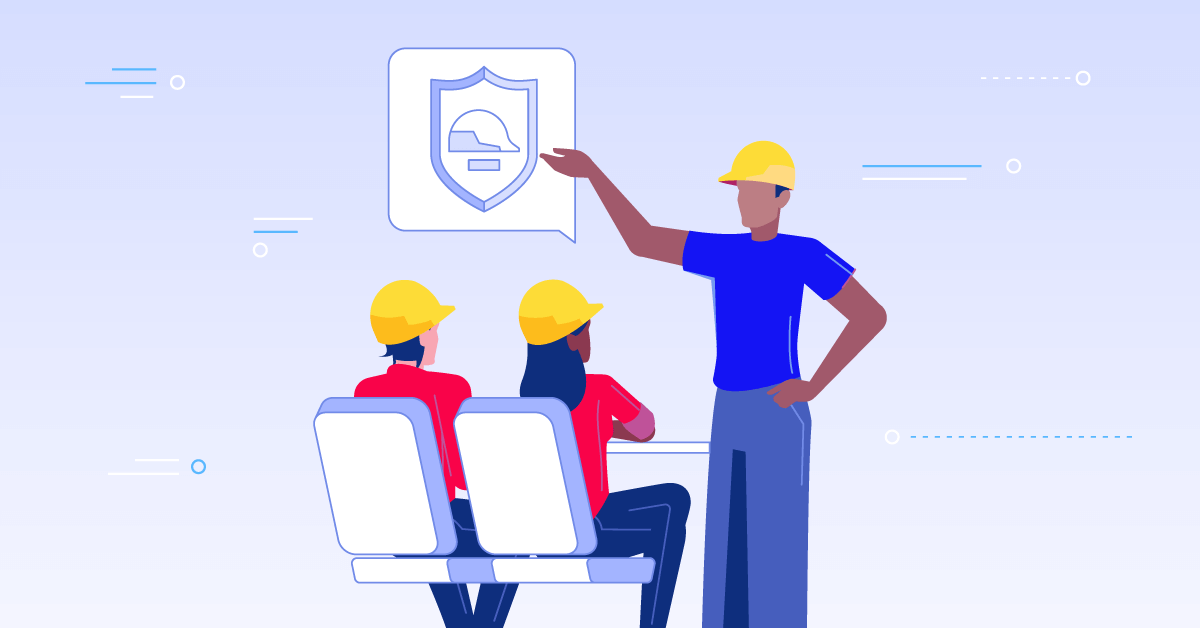 Continuous training is deemed compulsory for all healthcare professionals, to ensure knowledge, skills and competencies are not only maintained but also regularly updated and upgraded. Training is important for most professions but especially in healthcare it can mean the difference between life and death.
Continuous training is deemed compulsory for all healthcare professionals, to ensure knowledge, skills and competencies are not only maintained but also regularly updated and upgraded. Training is important for most professions but especially in healthcare it can mean the difference between life and death.
The current medical training system has many unresolved problems and issues such as the high cost of establishing and maintaining physical training centers, difficulty in meeting changing demands due to demographics and ever changing trends in disease, medical technologies and drugs. In the busy world of healthcare, finding time to train staff can prove to be difficult. Their roles are often invaluable and it can be hard to find a convenient time to take them out of their work environment for training purposes.
Online learning brings important benefits to healthcare professionals including the ability to receive training at any time, from anywhere, on any device, and on the go – reducing lost time and less productivity. In medical training meaning derives from interaction – videos can be used to impart basic knowledge and face-to-face time can be reserved for more engaging activities. Refresher courses can be taken at any time by learners, and learning can be easily monitored.
Do More with Less Using Online Training
As medical technology and pharmaceutical companies continue to launch new equipment and products aimed at improving patient care and treating illnesses, effective training for any new device or drug is essential for physicians, nurses, clinicians, and technicians . When it comes to online device and drug training, a blended learning environment that includes online training makes a great deal of sense for the industry. E-learning can complement or even replace in-person training in many cases. The benefits of e-learning are numerous:
- Cost: Training is decreased as a company expense.
- Speed: Customers can begin to use products faster without waiting for a training representative.
- Feedback: Customers can provide feedback on training immediately.
- Compliance & tracking: For risk management and audit purposes, organizations can maintain records of everyone who has completed training.


